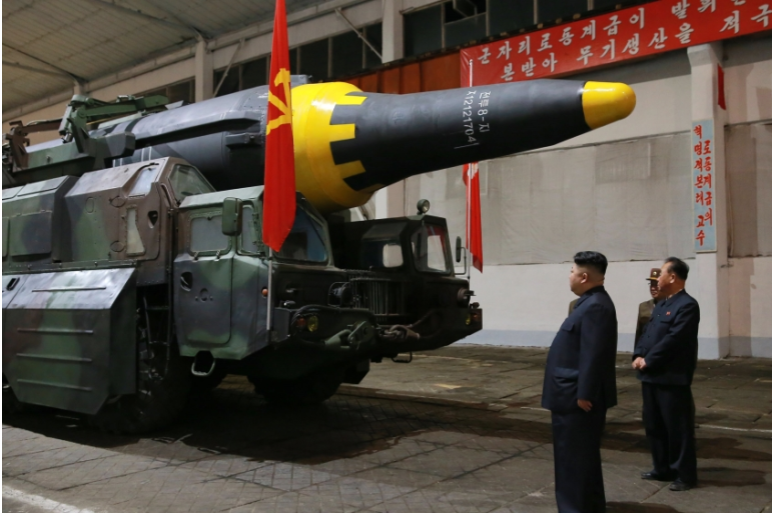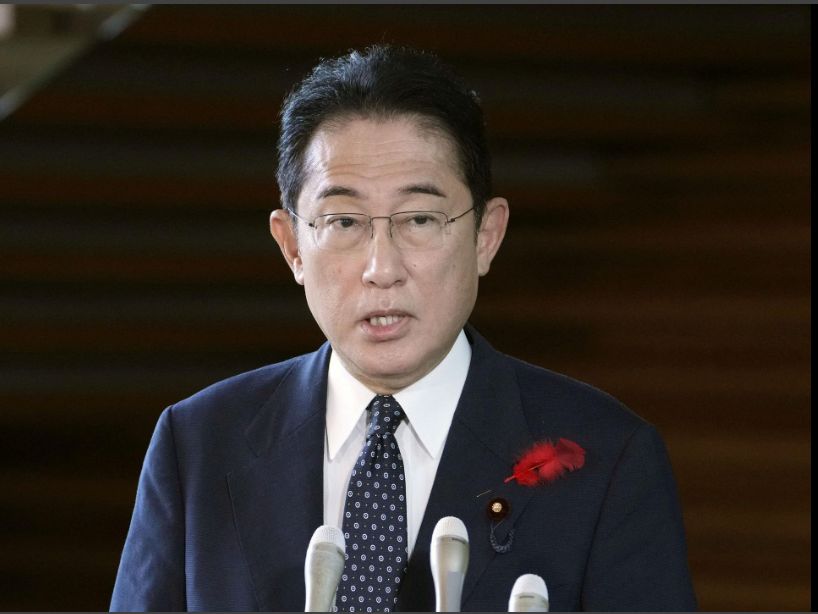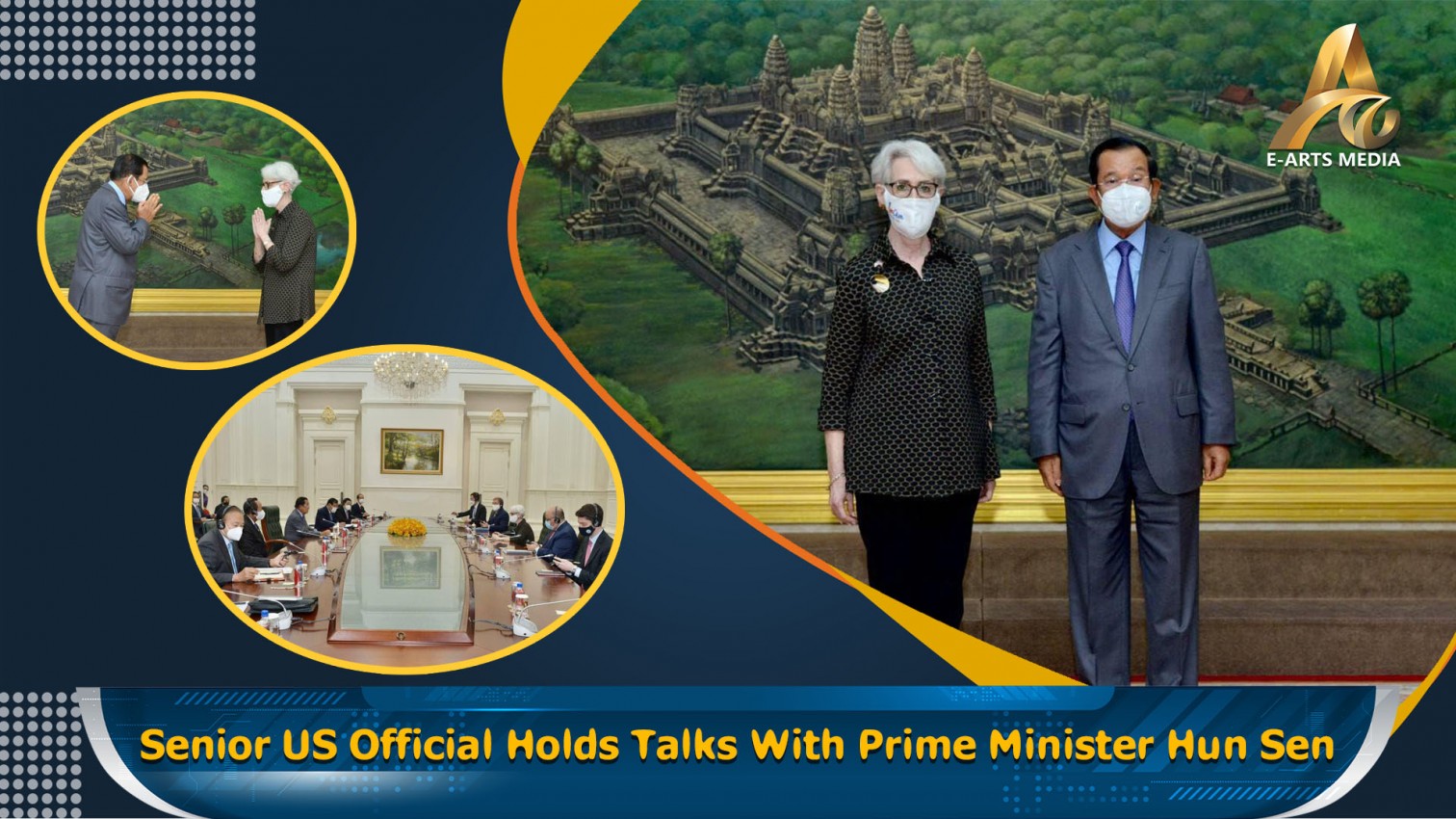JAPAN: Nuclear-armed North Korea fired a ballistic missile over Japan for the first time in five years on Tuesday, 4 October, prompting a warning for residents to take cover and a temporary suspension of train operations in northern Japan.
The Japanese government warned citizens to take cover as the missile appeared to have flown over and past its territory before falling into the Pacific Ocean. It said it did not use any defense measures to destroy the missile, which was the first to fly over or past Japan from North Korea since 2017.
"North Korea's series of actions, including its repeated ballistic missile launches, threatens the peace and security of Japan, the region, and the international community, and poses a serious challenge to the entire international community, including Japan," Japan's top government spokesperson Hirokazu Matsuno, told a news conference.
He said the missile flew 4,600 kilometers to a maximum altitude of 1,000 km.
South Korea's Joint Chiefs of Staff (JCS) said it appeared to have been an intermediate-range ballistic missile (IRBM) launched from North Korea's Jagang Province. North Korea has used that province to launch several recent tests, including multiple missiles that it claimed were "hypersonic."
The test prompted East Japan Railway Co (9020.T) to suspend train operations in the northern regions, Japanese broadcaster NHK reported. Matsuno said there were no reports of damage to aircraft or ships from the missile.
'REAL-WORLD' TEST
The initial flight details announced by South Korea and Japan suggest the missile may have been the Hwasong-12 IRBM, which North Korea unveiled in 2017 as part of its threatened plan to strike Guam, said Kim Dong-yup, a former South Korea Navy officer who now teaches at Kyungnam University.
The Hwasong-12 was used in 2017 tests that overflew Japan, and Kim noted it was also test fired from Jagang Province in January.
North Korea's flurry of missile testing is helping make more of its weapons operational, develop new capabilities, and send a message that its weapons development is sovereign right that should be accepted by the world, analysts said.
North Korea's missile and nuclear weapons programs are banned by United Nations Security Council resolutions, which have imposed sanctions on the country.
Many of North Korea's ballistic missile tests are conducted on a "lofted trajectory," which sends them high into space but leads to an impact point not far from the launch site, avoiding over flights of its neighbors.
Firing over or past Japan allows North Korea's scientists to test missiles under more realistic conditions, said Ankit Panda of the U.S.-based Carnegie Endowment for International Peace.
"Compared to the usual highly lofted trajectory, this allows them to expose a long-range reentry vehicle to thermal loads and atmospheric reentry stresses that are more representative of the conditions they'd endure in real-world use," he said.
"Politically, it's complicated: the missile largely flies outside of the atmosphere when it's over Japan, but it's obviously distressing to the Japanese public to receive warnings of a possible incoming North Korean missile."
(SOURCE: Reuters)
























